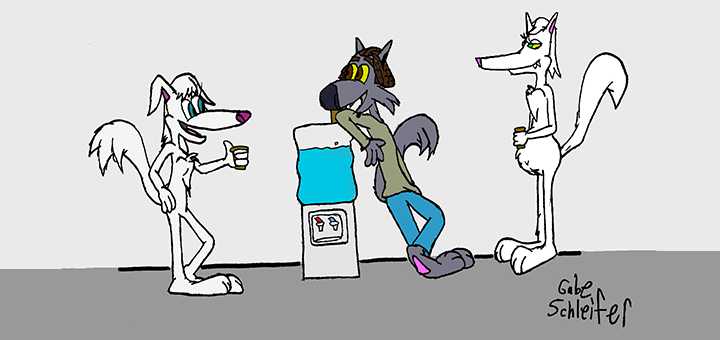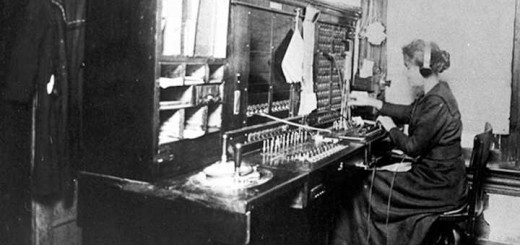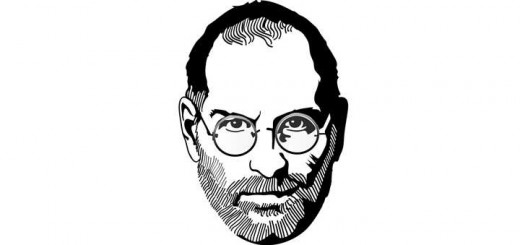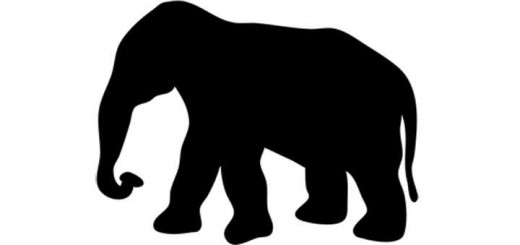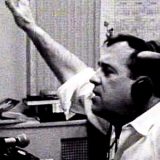When Content Was Cooler
We killed it. We killed the office water cooler.
Not the physical device. You can still find them in corridors and break rooms. We killed the metaphor for that moment in a previous night’s television show that had to be discussed, ad nauseum, the following day. The VCR, followed by the DVR, with an assist from streaming video, all but killed off the tradition. We no longer sit in front of our TVs, watching the same show at the same time. The best television producers can hope for is that some moment will find its way to YouTube, to be shared and commented upon, also ad nausem on Facebook, Twitter and Instagram. The roles have been reversed. Shows no longer create water cooler moments. Water cooler moments create a desire to watch the shows.
Not Your Father’s Water Cooler
It’s been a slow build, but popular television shows are attracting audiences that want to watch the show and simultaneously share their experiences on social media. This grassroots effort is being encouraged by producers. It’s not uncommon for social media audiences to find cast members live tweeting or posting right along with them.
Of course, the only way one can participate is by being there. Not tomorrow. Not over a binge weekend. Now. As the New York Times reported in this article, television is, “…moving back in time,” while being pushed forward by social media. Shows are regaining a value associated with their being watched live. Along with that, the value of commercials is being reset to what it was when all viewing had water cooler potential.
Back to the Future Again
One of the problems with time shifting and/or on-demand consumption, is the gap between theory and practice. Theory: on-demand puts the media consumer in charge of the time, place and manner in which she will consume content. It’s the essence of democracy.
Practice: millions of hours of television go unwatched because people record shows, intending to watch them, but don’t. There’s no push, no immediacy. Those shows will always be there, at least until the DVR disk fills up and you have to delete those unwatched shows to make room for more unwatched shows.
Isn’t This a Podcasting Blog?
The right content, combined with the creative use of social media can restore some value to first-run consumption; create a deeper engagement with the show and its characters; revive the communal water-cooler experience; and, reduce the number of unwatched shows on the DVR. Here’s a lesson for podcasters: we’re headed into the same problem area television is leaving behind. What about all those un-listened-to episodes in our podcast apps? The ones there’s no hurry to get to because they’ll always be there for us. The ones that are doing no job for our sponsors.
We might want to take the hint and think about ways to create that sense of immediacy television is managing to restore. Some podcasters have taken steps in that direction by publicizing when they record their shows and inviting listeners to engage via a live audio or Periscope feed. If that doesn’t fit your show structure, what about building in immediacy with a contest that expires when the next episode is posted on line?
If television plus social media can bring the water cooler back it’s time for us to look around our studios and figure out where to put ours.
Footnote: My thanks to Jay Mitchell for providing the spark for this article when he remarked that “…the water cooler is back,” during our discussion of the Times article.

